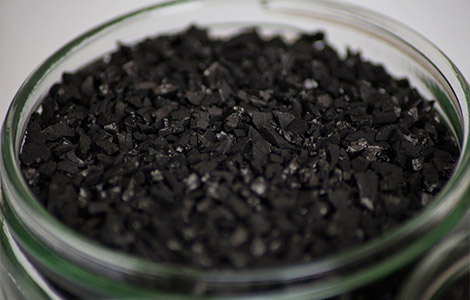For the wire and cable industry, the most obvious material alternative is to use aluminum conductors instead of copper conductors. In the copper, aluminum cable relative cost, you need to consider the price, weight and conductivity and other factors, in order to draw the aluminum conductor is the real cost-saving answer. Copper is heavier than aluminum. The specific gravity of copper is 8.9g.cm3, the specific gravity of aluminum is 2.7g / cm3, that is to say, the weight of copper conductor is 3.3 times that of aluminum conductor under the same conductor specifications. However, the electrical conductivity of aluminum is only 61% of that of copper, that is to say, the aluminum conductor has a cross section of 61% greater than the copper conductor at the same transmission current. Therefore, in terms of conductor weight, to make both conductors have the same current carrying capacity, the weight of copper conductor required is about twice the aluminum conductor. The price ratio of copper and aluminum is about 3.5 or so, so the cost of equivalent copper conductor is 7 times that of aluminum conductor. Of course, the simple cost comparison described above does not explain all the problems. Since the cable product is a product with the standard conductor specifications, it is not possible to buy an aluminum cable with the same electrical conductivity as the copper cable. Therefore, if cables are made of aluminum conductors, a larger aluminum conductor must be used. Experience has shown that in the case of the same current carrying capacity, aluminum conductor cable conductor cross-section should be 2 times the cross-section of copper cable conductor. Since the aluminum conductor length is twice as large as the conductor length of the copper conductor, the consequent increase in insulation, sheathing and sheathing of the aluminum conductor cable impairs the price advantage of using an aluminum conductor. This means that the price advantage of aluminum compared to copper is insignificant, since the conductor is only a fraction of the total cost of the cable, after all. Taking a 70mm2 copper-core cable as an example, the cost of a copper conductor is about 65% of the cost of the entire cable, while the cost of a 120mm2 aluminum cable carrying the same amount of current can be saved by 23.5%. If the copper conductor costs 80% of the cost of the entire cable, the savings of up to 46% in aluminum-core cables with equivalent current carrying capacity can be achieved. Aluminum cables lose their cost advantage only if the cost of copper conductors in the cable drops below 50% of the cost of the entire cable. The cost of most of the copper low voltage cables and many medium voltage cable conductors is now over 50%, so the cost savings of aluminum power cables are considerable when compared to copper power cables . Description of coal base activated carbon
Product
name: coal cylindrical activated carbon seriesProducts
applications: It`s mainly used in industrial water
treatment , industrial waste water treatment.
Product name: coal Granular Activated Carbon,coal Powdered Activated Carbon,coal cylindrical activated carbon series
Products descriptions:
This product with high quality anthracite as raw material, after rushing-disposal,
molding, high temperature activation refined. It has pore developed, large
specific surface area, high mechanical strength, advantage Caramel decolorizing,
high hardness and ect. It`s
widely used in industrial water treatment , industrial waste
water treatment , chemical industry, environmental protection, power plant,petrochemical industry
and ect. It also has good adsorption for eradicating Odor, decontamination, formaldehyde,
benzene, methyl benzene, xylene and VOC.
Specifications:
Coal Activated Carbon,Norit Activated Carbon,Activated Carbon Pellets Jiangsu Tongrui Environmental Protection Technology Development Co.,Ltd , http://www.swdfilter.com

Material
Size in Mesh
Iodine Number≥ mg/g
methly blue≥ mg/g
strength ≥%
water≤ %
dust≤ %
density g/ml
CTC≥ %
Coal
4x8
400-1100
150-200
≥90%
≤10%
≤ 10%
0.5-0.6
50%
Coal
6x12
400-1100
150-200
≥95%
≤10%
≤ 10%
0.5-0.6
50%-60%
Coal
8x16,8x20
400-1100
150-200
≥97%
≤10%
≤ 10%
0.5-0.6
50%-60%
Coal
10x24,12x24
400-1100
150-200
≥98%
≤10%
≤ 10%
0.5-0.6
60%-70%
Coal
20x40,30x60
400-1100
150-200
≥98%
≤10%
≤ 10%
0.5-0.6
60%-70%
Coal
40x80
600-1000
150-200
≥98%
≤10%
≤ 10%
0.5-0.6
60%-70%
Coal
80x200
600-1000
150-210
≥95%
≤10%
≤ 10%
0.5-0.6
60%-70%
Coal
80x325
600-1000
150-220
≥95%
≤10%
≤ 10%
0.5-0.6
60%-70%